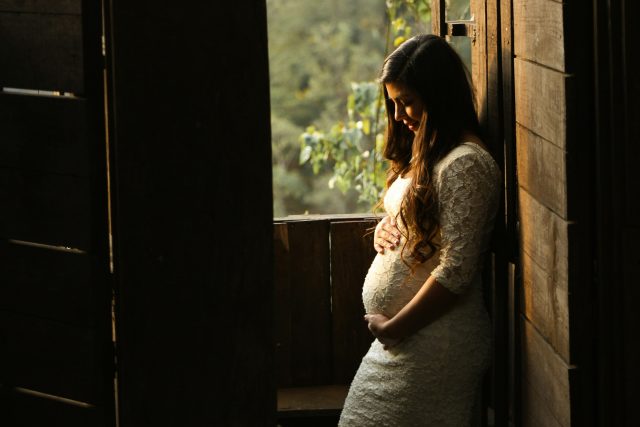Emotions and Our Bodies
By: Other | August 10, 2015

Written by Francine Martinez, Ph.D.
A new movie was released this summer from Disney/Pixar, Inside Out. As a psychologist the trailers were intriguing – an animated film about our emotions as “live entities” in our heads. How could I not go?! The film, if you haven’t seen it, is delightful and brings to light the important role our emotions play in our life to keep us balanced, even those negative emotions that we often want to avoid have an important role to play. The film was by happenstance, followed by an article I read on www.themindunleased.org on the topic of Research Mapping Human Emotions. The psychologist-geek was even more intrigued; so much that I wanted share some highlights in this week’s blog.
As noted in the article, a team of researchers in Finland studied through self-report interviews over 700 participants from three different countries (Finland, Sweden and Taiwan) who reported where on their bodies they “felt” different emotions. Across the board the researchers found some interesting similarities.
- Basic emotions such as, calm, excitement, relaxation, and worry were associated with sensations in the upper chest area (breathing, heart rate) and the head/facial areas (muscle activation/”twitching”, temperature change, tearing);
- Sensations in the upper limbs were most common with emotions of anger and happiness;
- Decreased sensations in the limbs were a commonly reported symptom of sadness;
- Sensations in the digestive system were associated with disgust and anger;
- Happiness was the single emotions that could elicit sensations throughout the body.
So how does this work? Our brain sends signals to the body as we deal with certain situations causing certain physiological changes without our awareness. These sensations are trying to help our mind to recognize these emotions more quickly. Feeling confused about why we’re crying or feeling “shaky” in certain parts of our body might make it easier to pinpoint the underlying emotion than we thought!
Recognizing these physiological sensations could help us to make physical changes, such as sitting straight instead of slouching, can begin to send a different message to our brain to adjust our mood or general disposition – there may be something to the phrase, “shake it off” after all! Professor Antonio Damasio from the University of Southern California says, “People look at emotions as something in relation to other people. But emotions also have to do with how we deal with the environment – threats and opportunities.” Being prepared to manage these requires both an awareness of your body as well as your mind.
So what do we learn from this research and the new Disney/Pixar film Inside Out? Well, let’s look at the lead character, Riley. She is a young girl uprooted from her life in the Midwest; she leaves behind friends, hockey team, home she grew up in, and familiar neighborhood and moves to the “Big City.” Her emotions of Joy, Fear, Anger, Disgust and Sadness try to help her navigate this change, only to become confused themselves. New situation, new experiences, new set of emotions all accounts for this time of confusion and frustration for Riley and her emotions. Riley’s brain holds these emotion-characters and they struggle to guide her through this time in her life, leading to choices that may add to her struggle. Changing how she interacts with her environment allows opportunity for her emotions to become clearer on their course of action, and allows Riley to own her emotions in a manner that propels her forward.
Like Riley we sometimes need to change how we physically interact/respond to our environment to become clear on what we are feeling and why. Research now tells us that our body is giving us some early clues, all we have to do is listen and adjust to ensure our state of balance and well-being in our lives.



